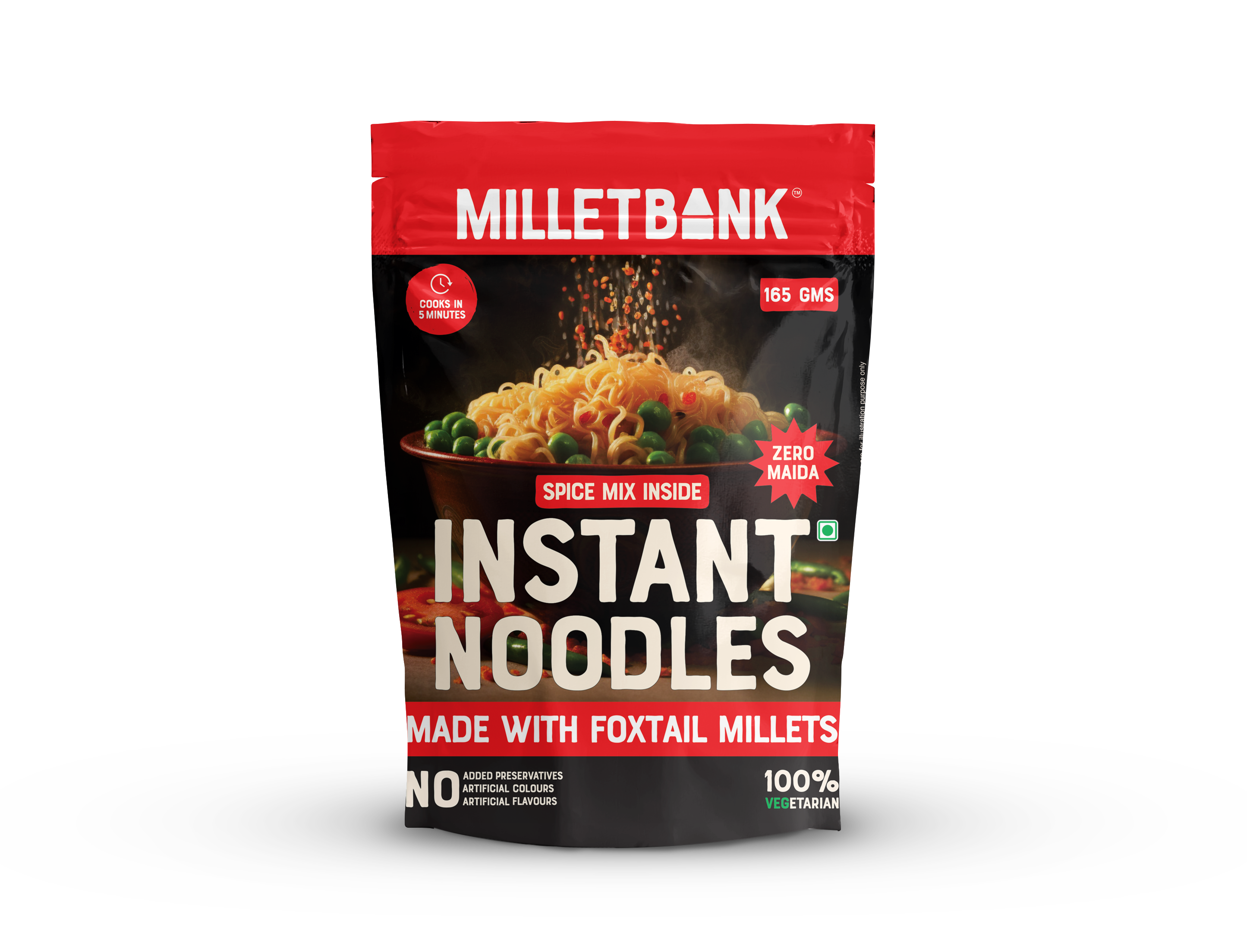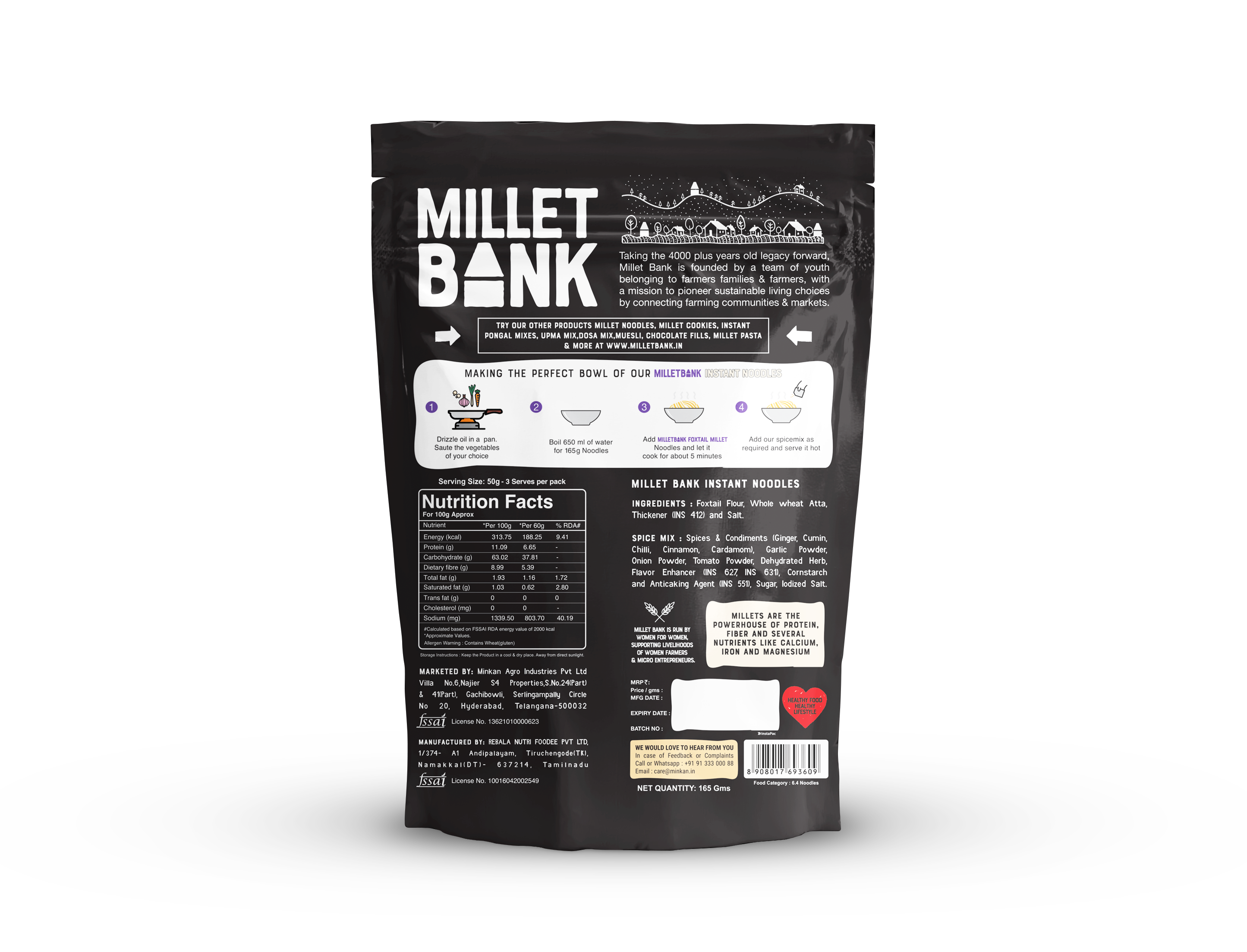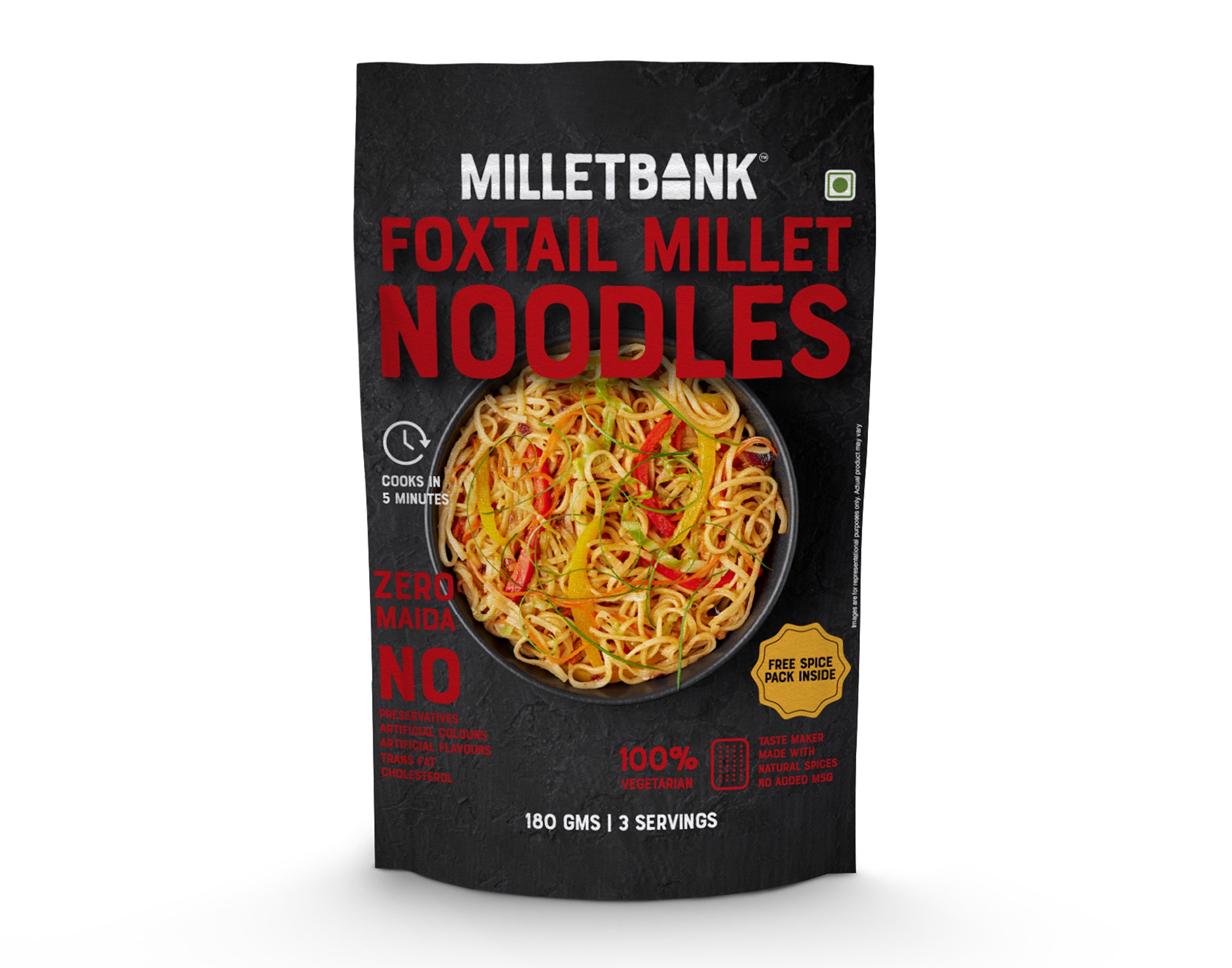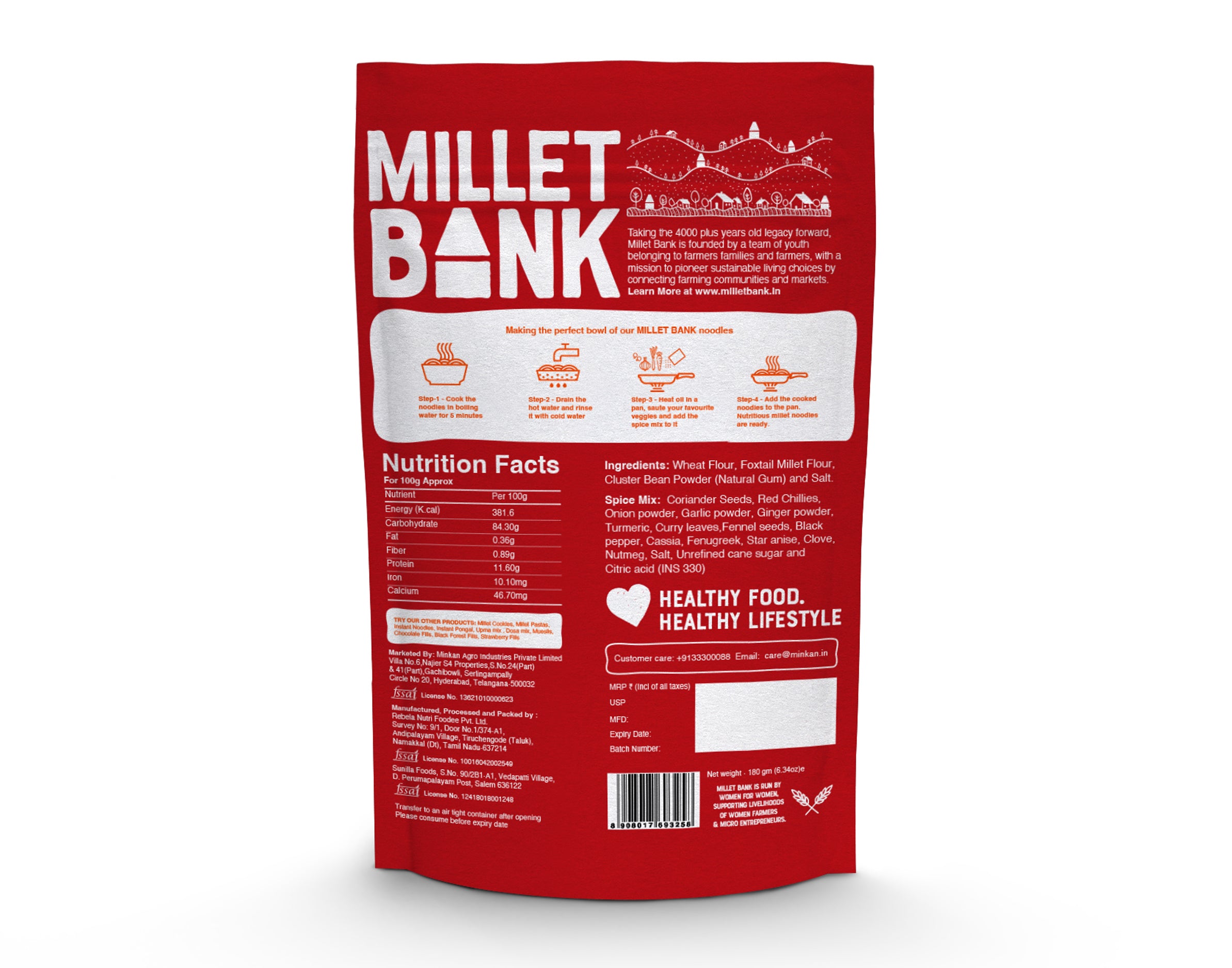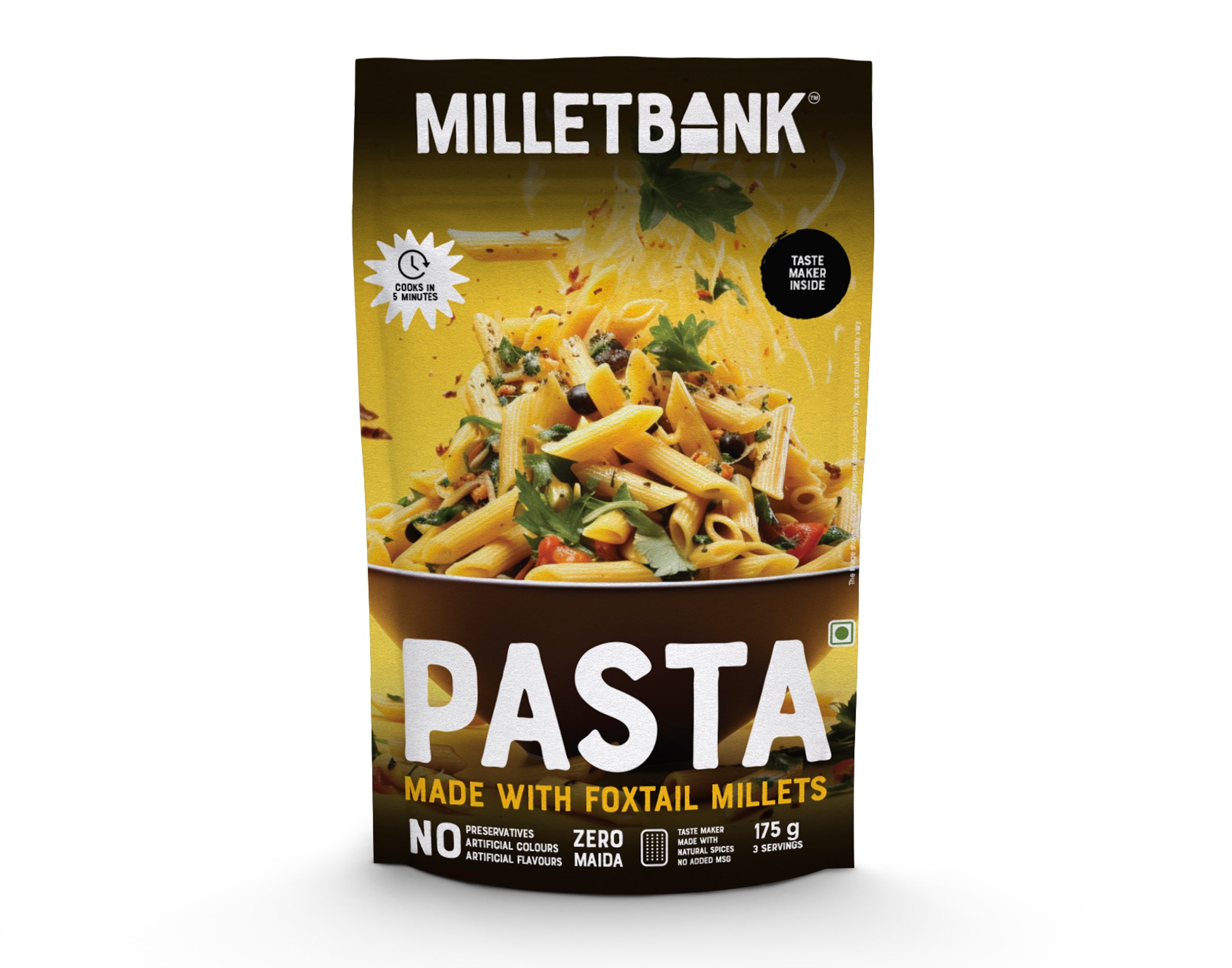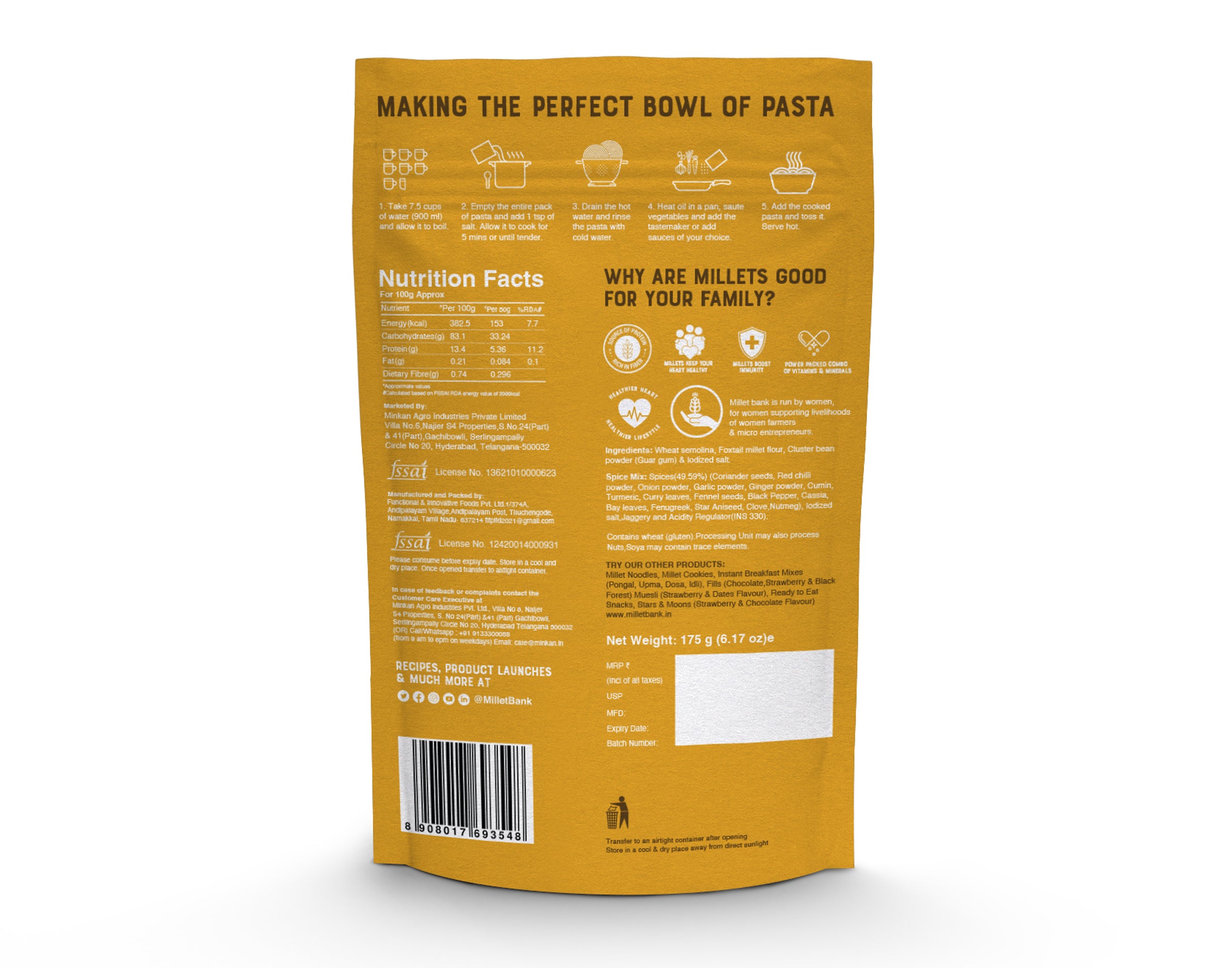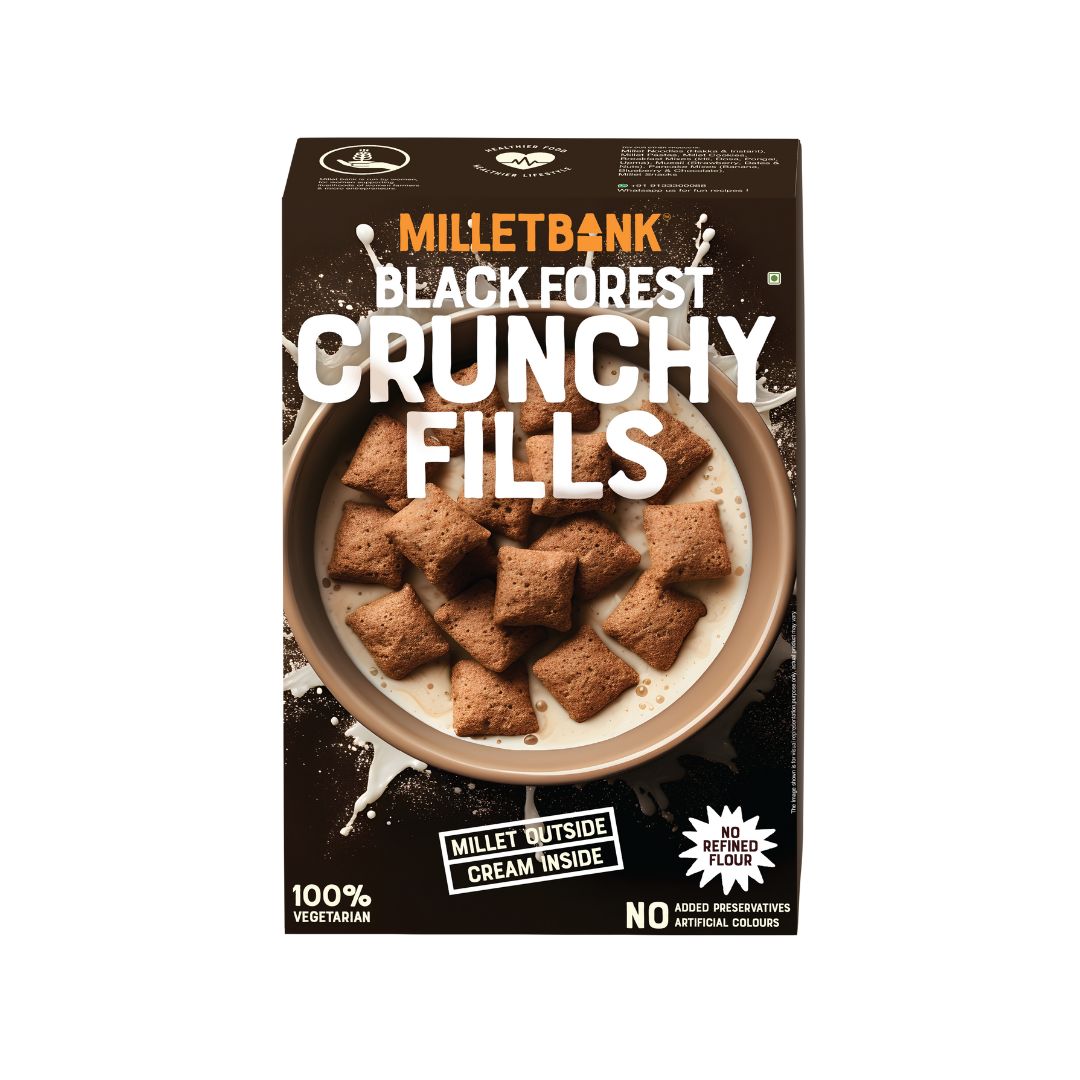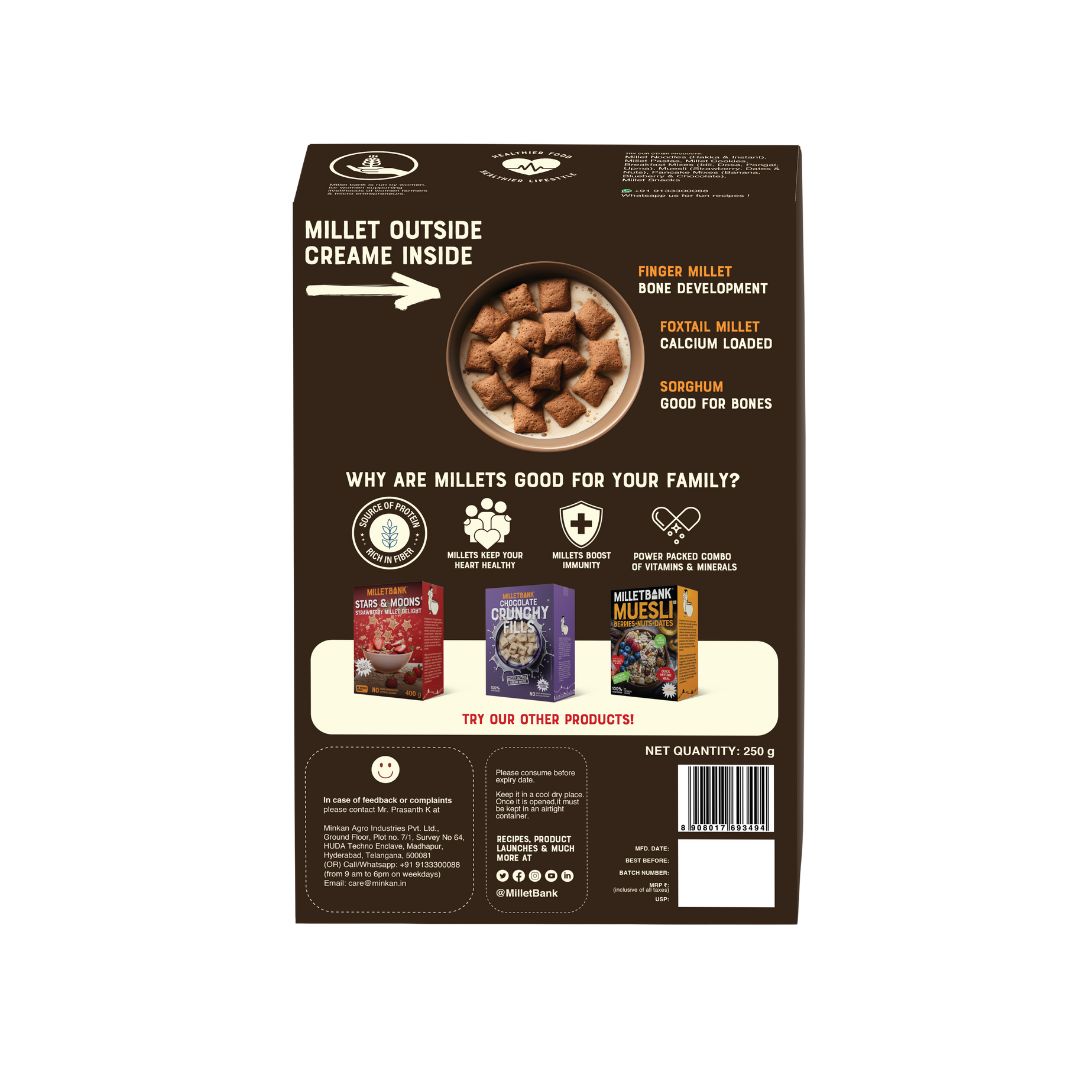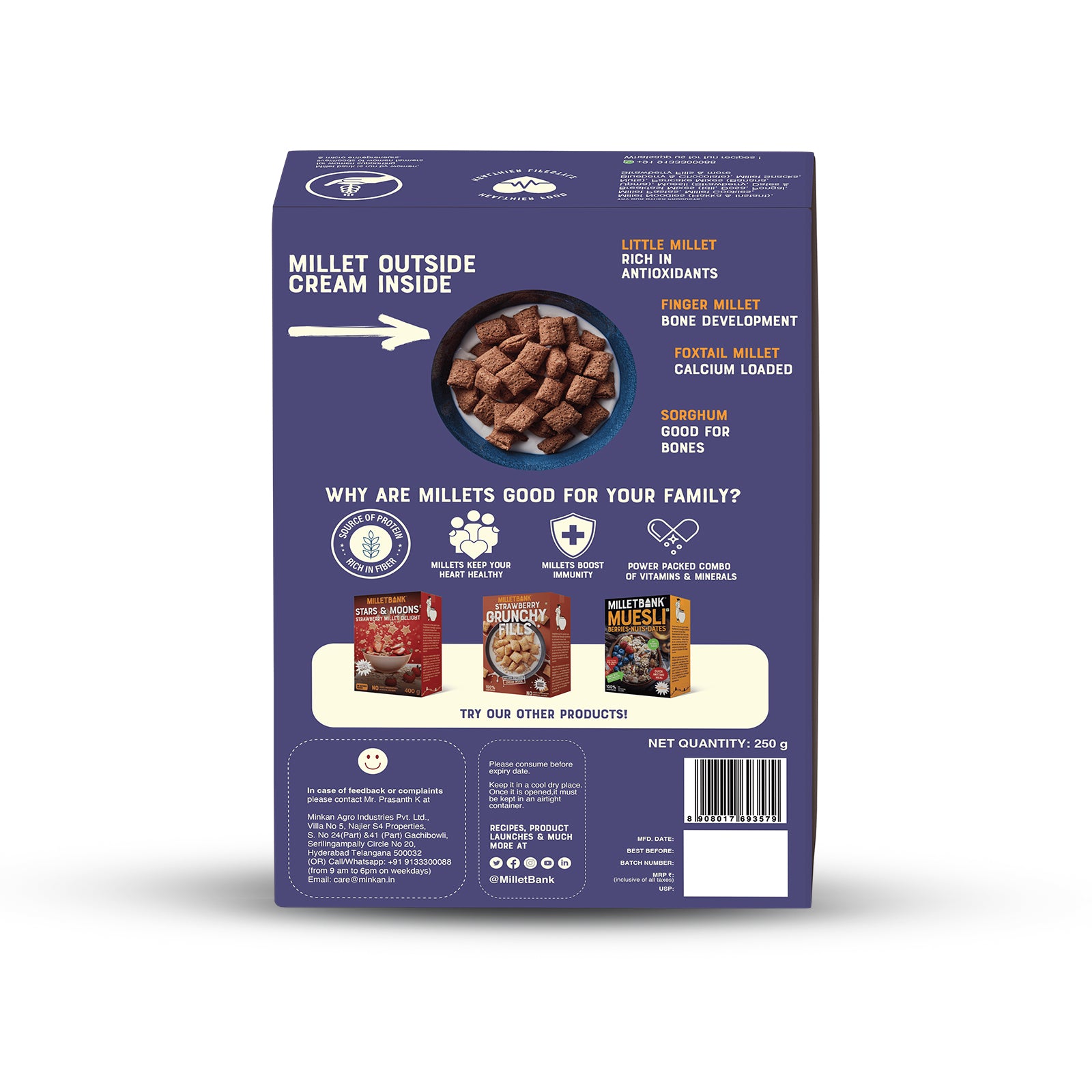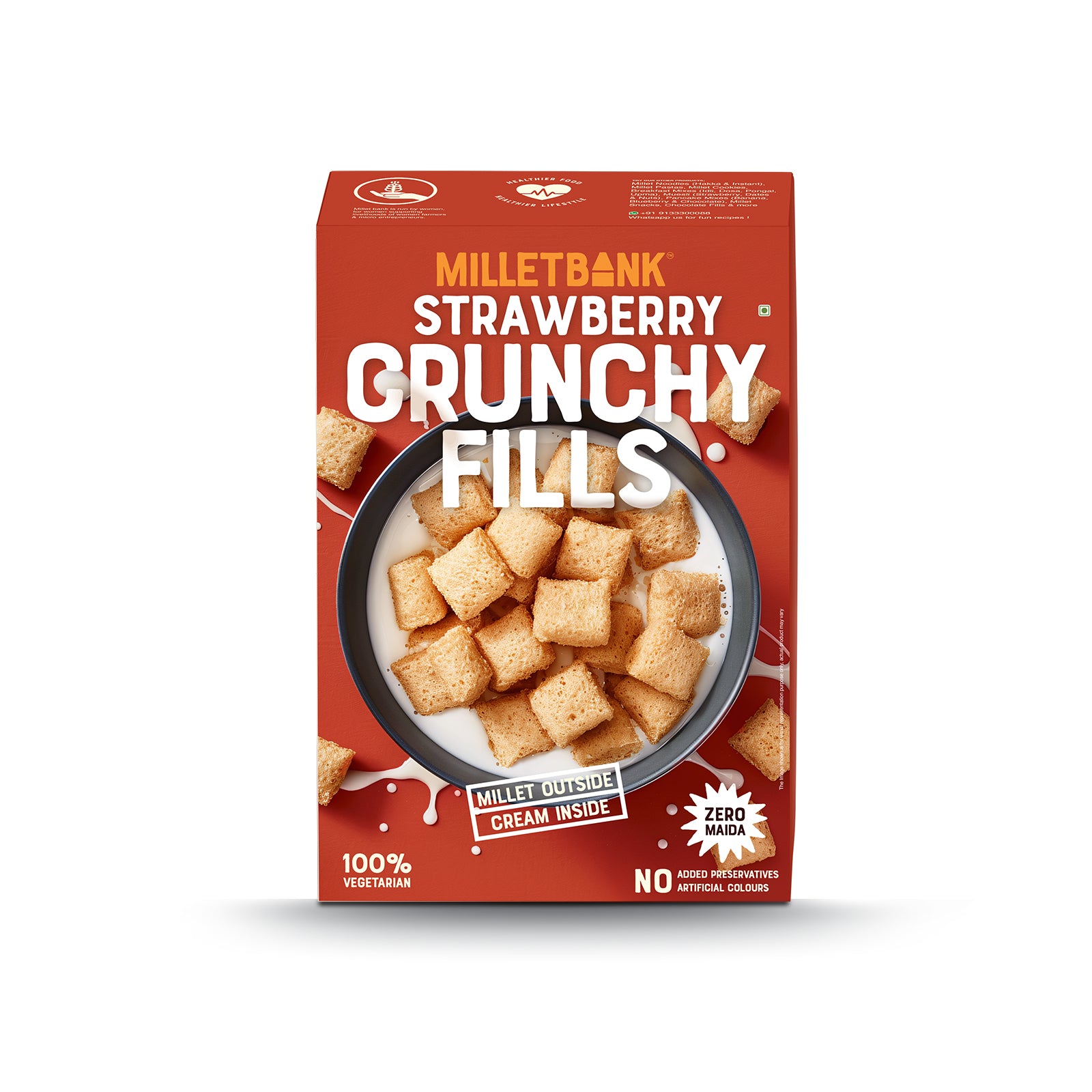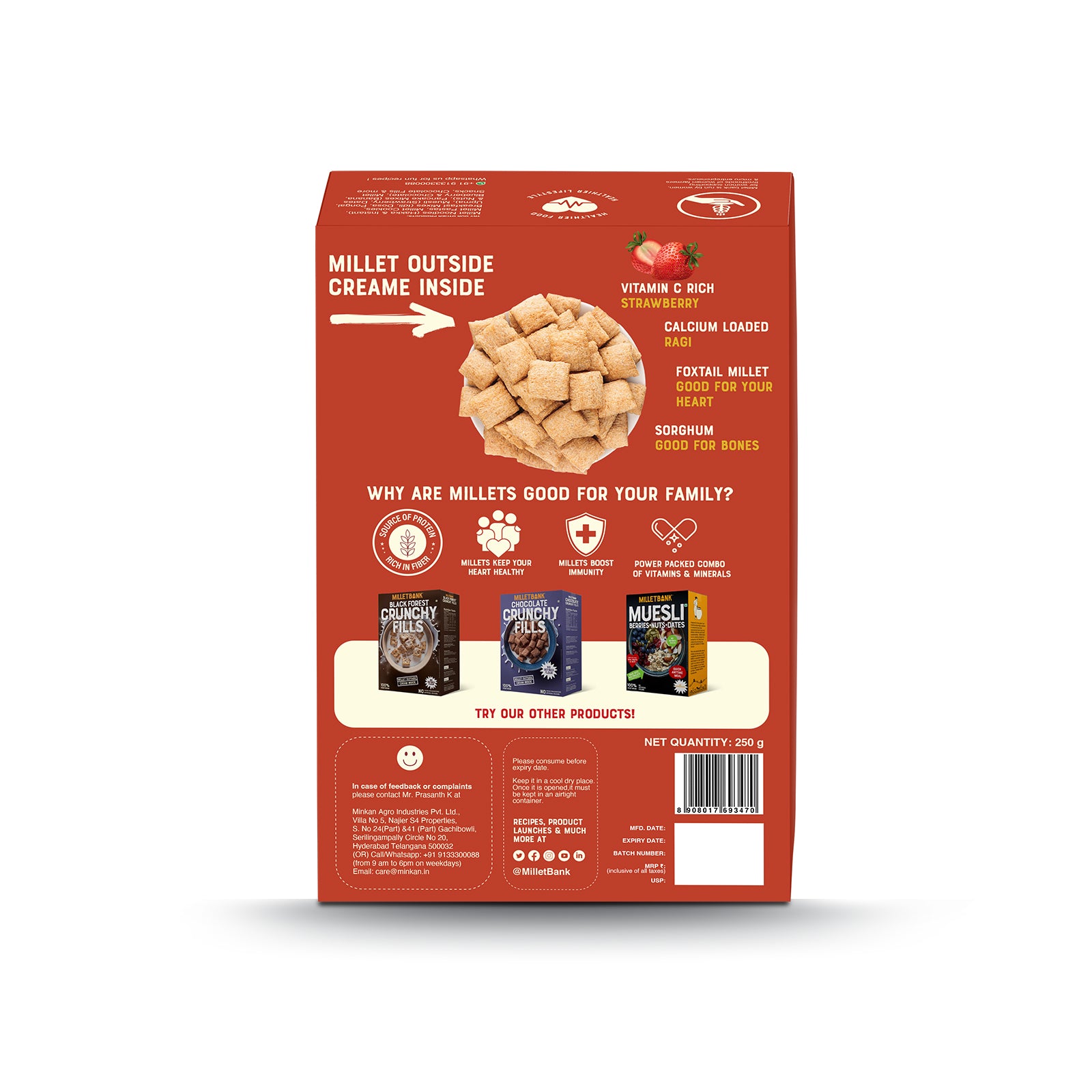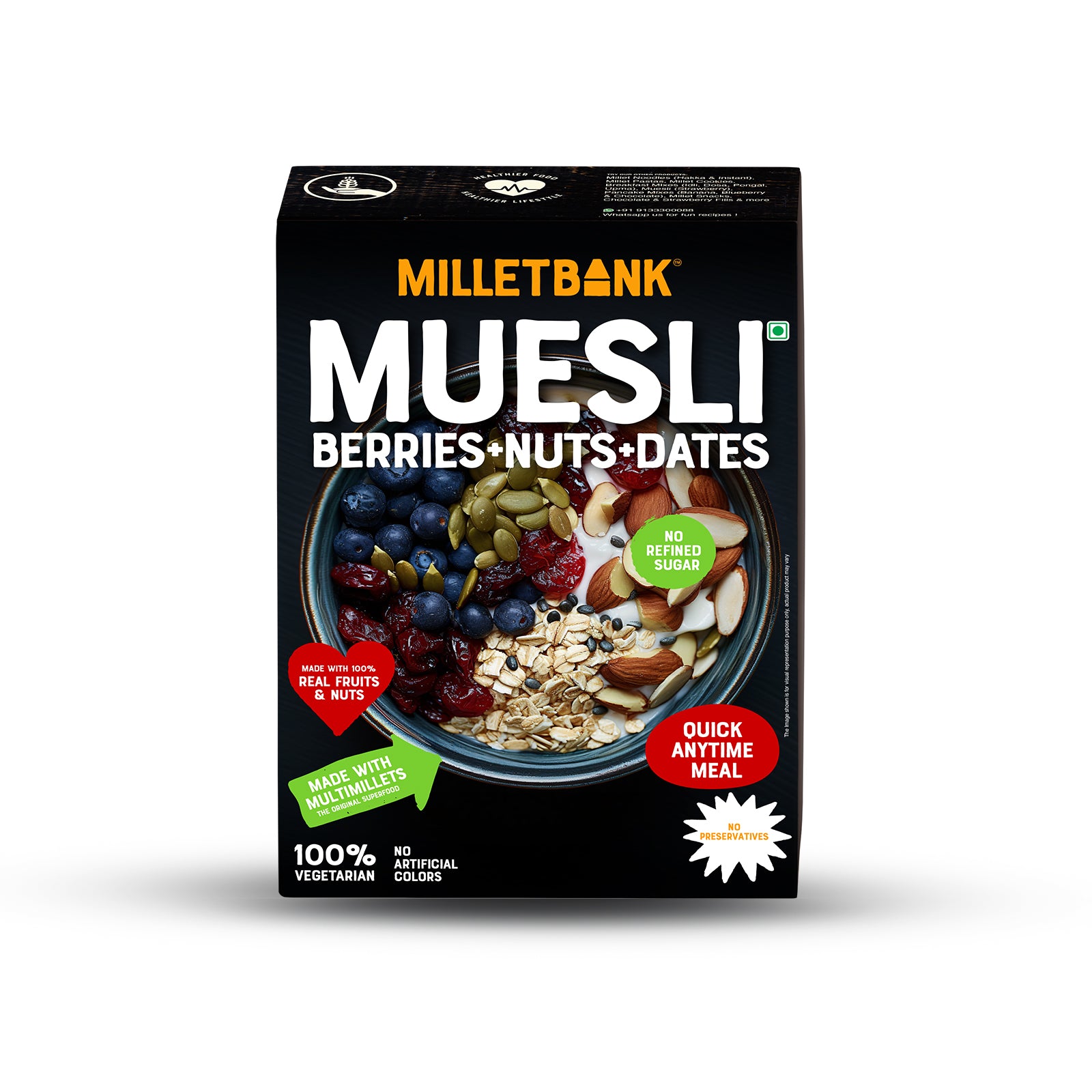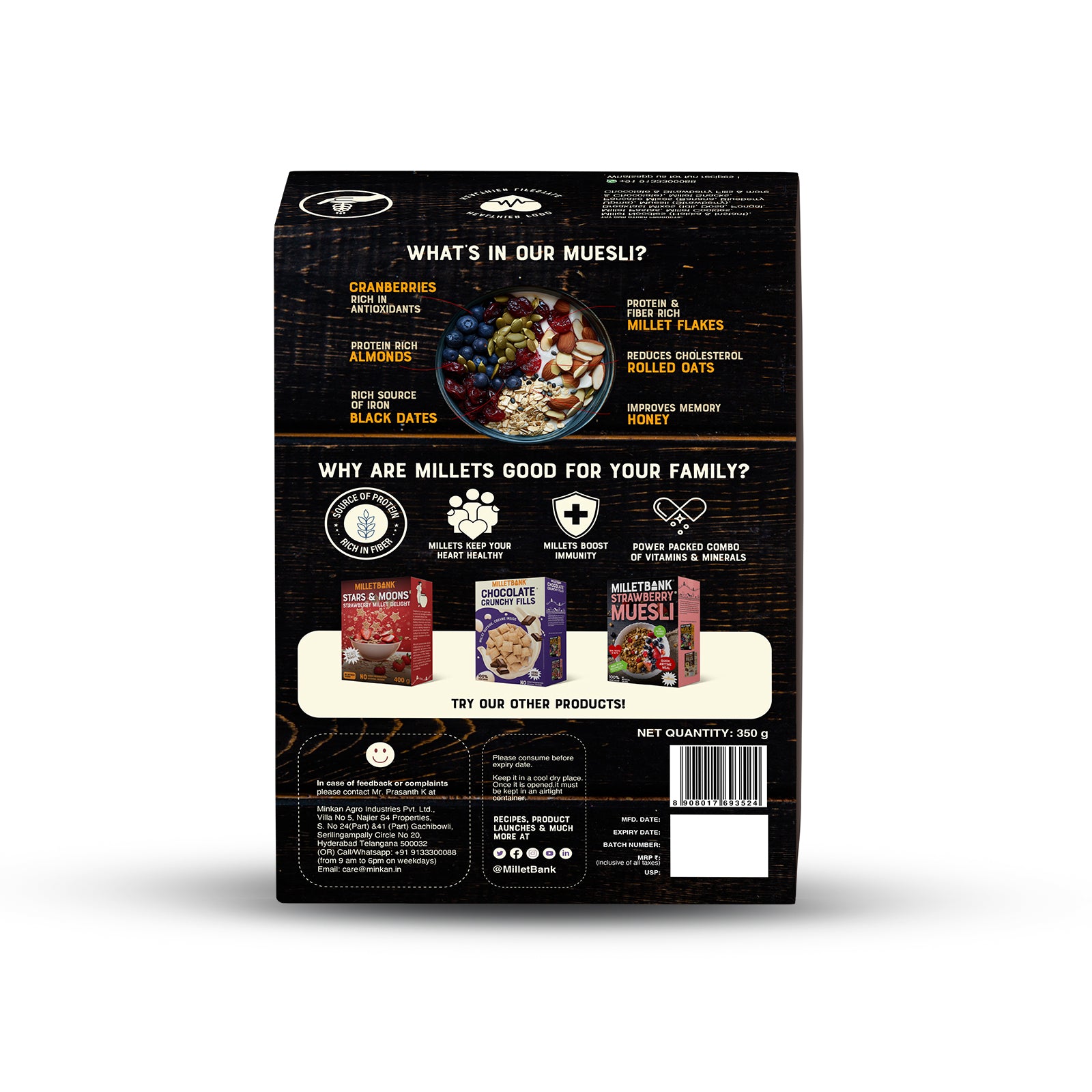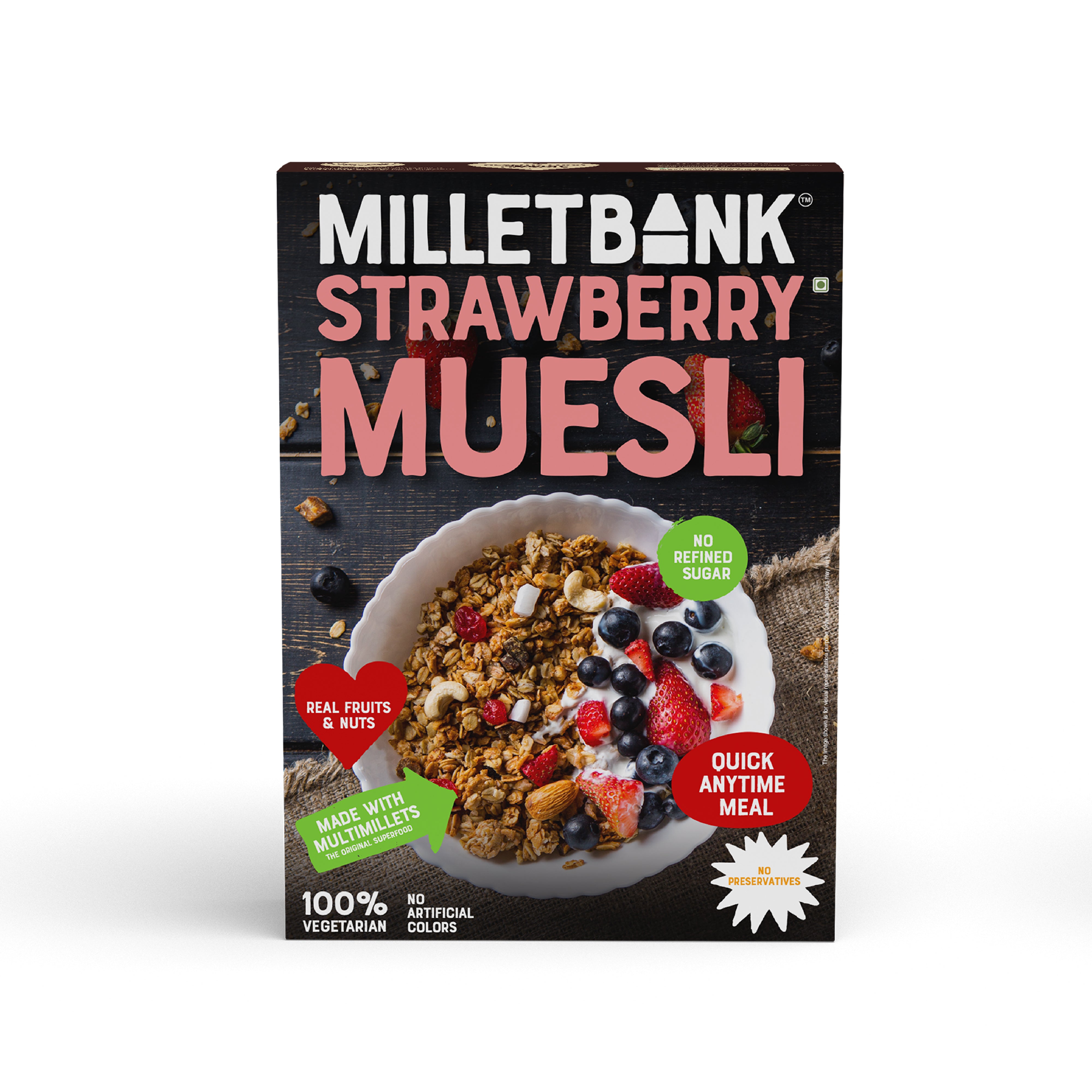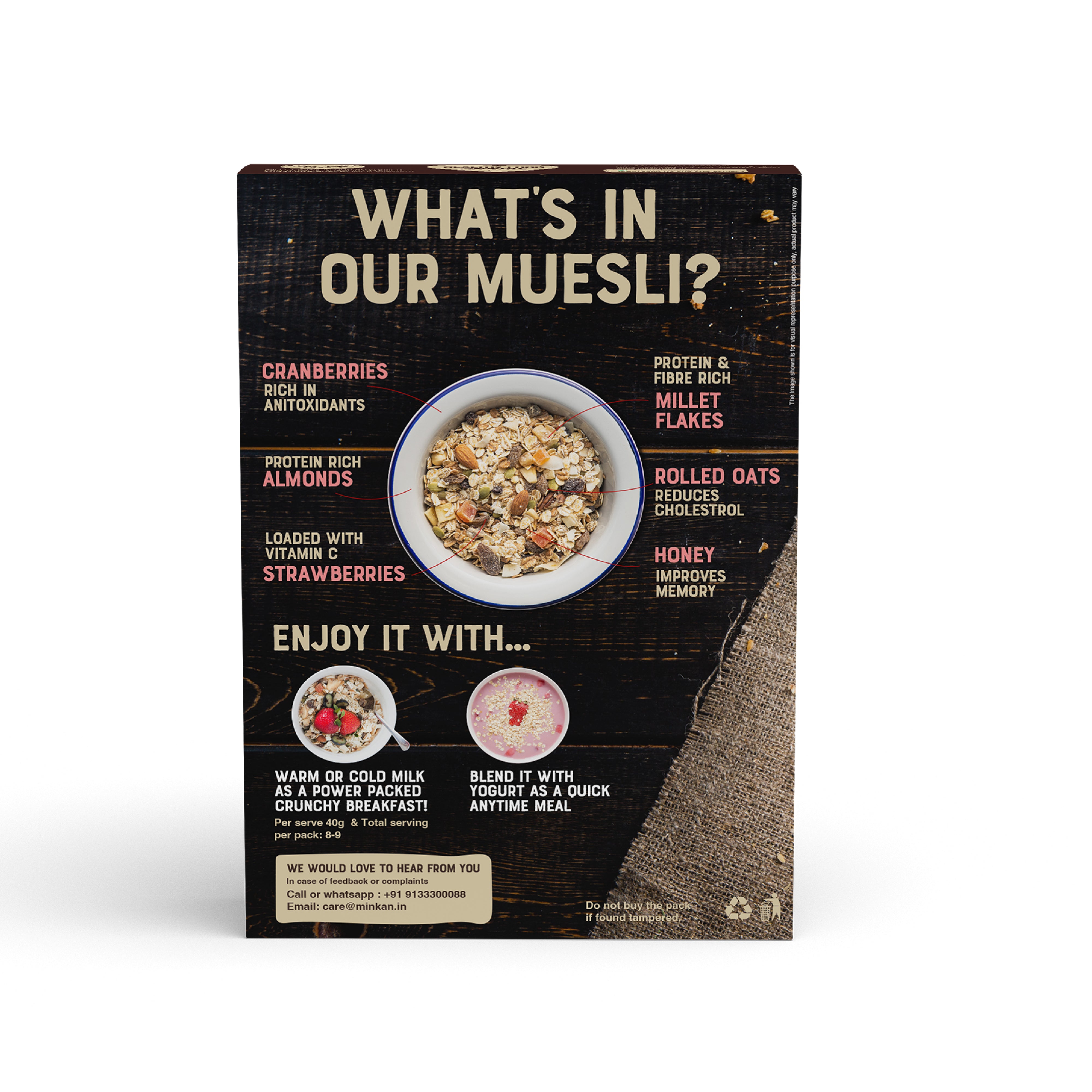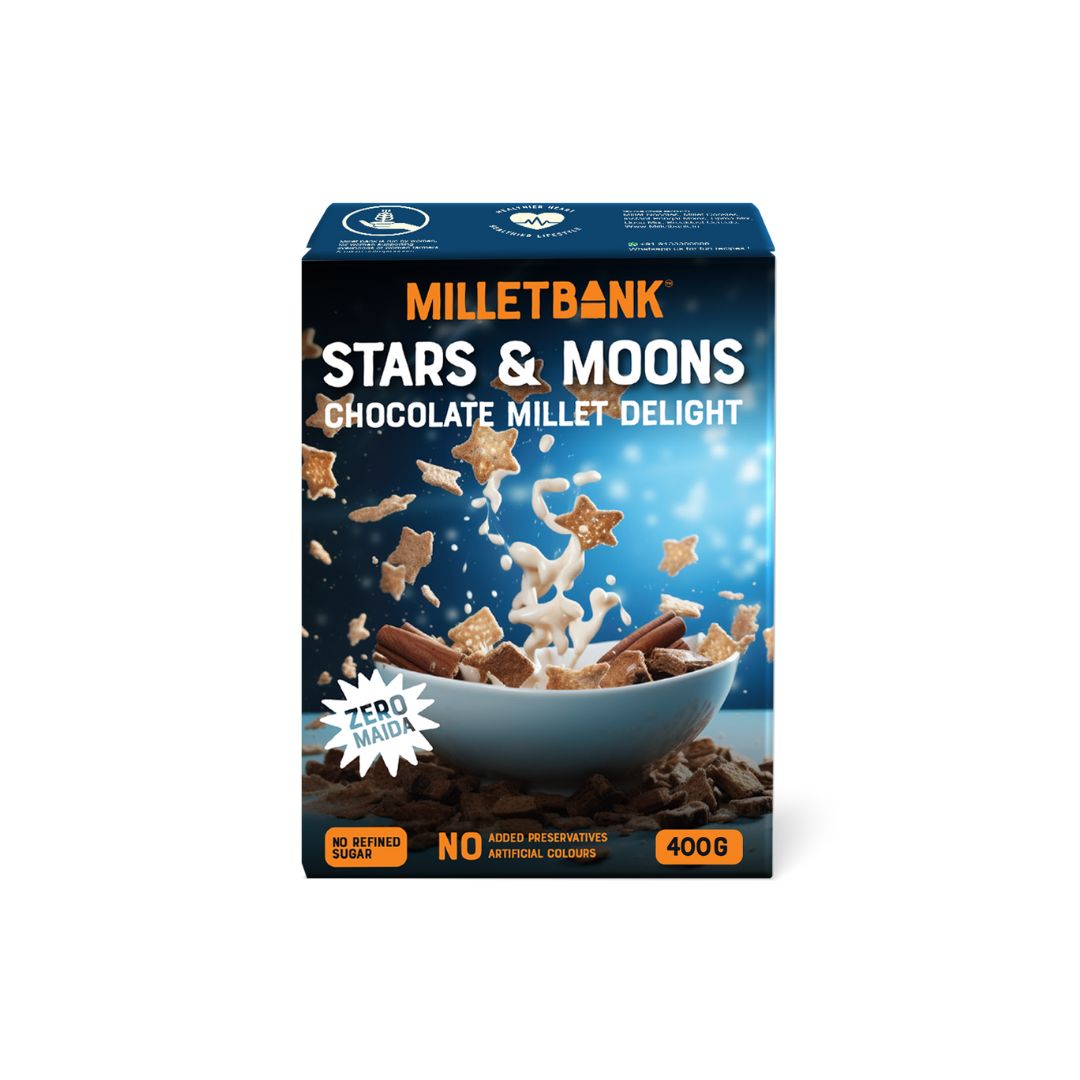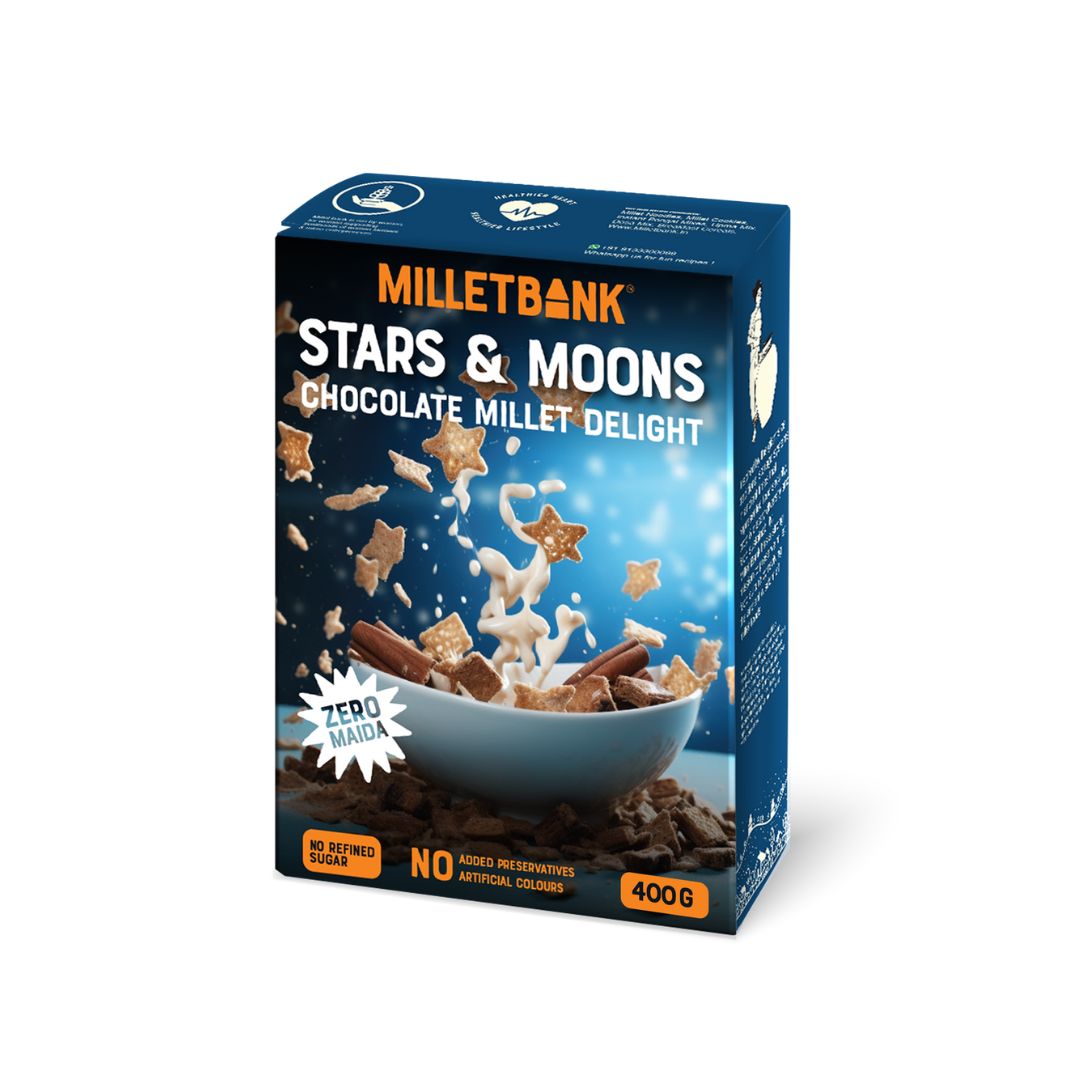FOXTAIL MILLET
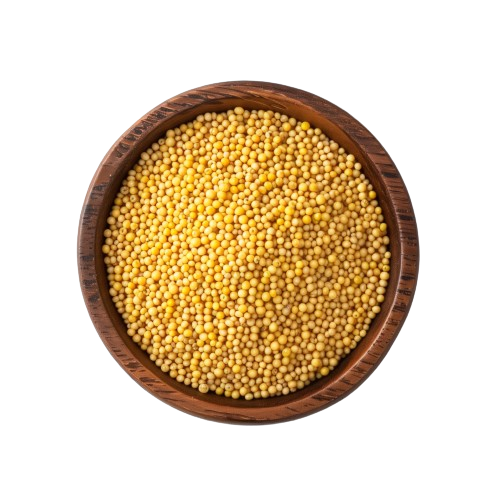
FOXTAIL MILLET
Origin and Cultivation :
Foxtail Millet, also known as Kangni, is one of the oldest cultivated millets, originating in East Asia. In India, it is primarily cultivated in states like Karnataka, Tamil Nadu, Andhra Pradesh, and Maharashtra. Foxtail Millet thrives in warm and arid conditions, making it suitable for cultivation in dryland areas with low rainfall. It is known for its resilience to drought and its ability to grow in poor soil conditions.
Consumption and Culinary Uses :
Foxtail Millet is a versatile grain with various culinary applications. It is commonly used to make traditional dishes such as pongal, upma, and idlis in South India. Foxtail Millet flour is also used to make rotis, dosas, and other flatbreads. Additionally, it can be cooked as porridge or used in salads. Its mild, nutty flavor makes it suitable for both sweet and savory recipes.
Nutritional Values and Benefits :
Foxtail Millet is highly nutritious and offers several health benefits. It is rich in dietary fiber, protein, vitamins, and minerals such as iron, magnesium, and phosphorus. Foxtail Millet is gluten-free, making it an excellent alternative for individuals with gluten sensitivities. It has a low glycemic index, which helps regulate blood sugar levels and may reduce the risk of diabetes. Additionally, it promotes satiety and aids in weight management.
Products with Foxtail Millet from Millet Bank :
At Millet Bank, we harness the nutritional benefits of Foxtail Millet to create a range of innovative products. Our offerings include Foxtail Millet Noodles, Foxtail Millet Pasta, Foxtail Millet Instant Noodles, and a variety of snacks like Spicy Garlic Puffs and Sour Cream and Onion Pops. We also incorporate Foxtail Millet into our sweet treats, such as Strawberry Fills, Blackforest Fills, Chocolate Fills, Strawberry Muesli, Chocolate Stars and Moons, and Strawberry Stars and Moons. By incorporating Foxtail Millet into our products, we aim to promote healthy eating habits while supporting sustainable agriculture and empowering farmers in dryland regions.




